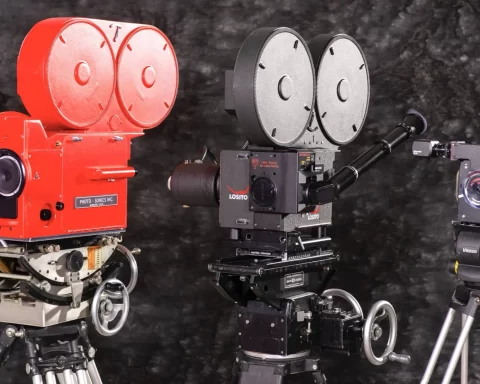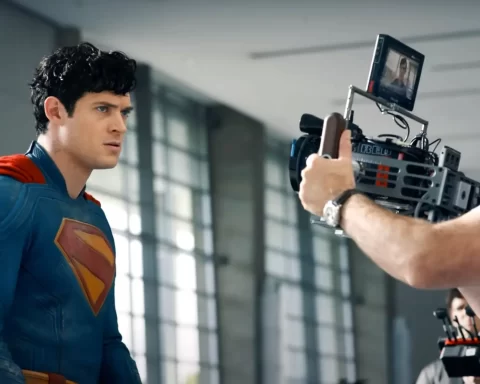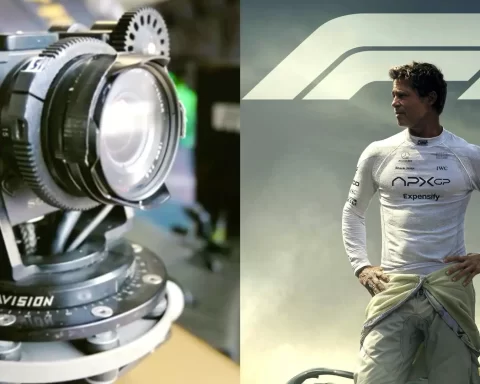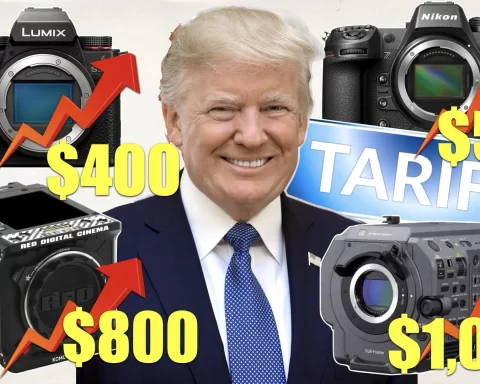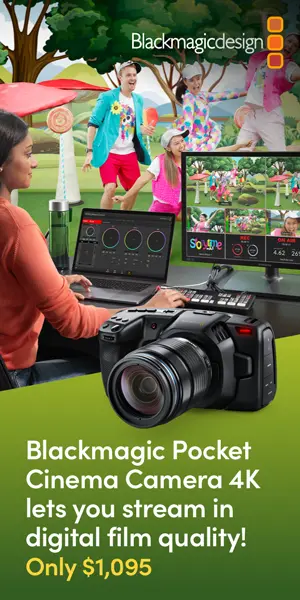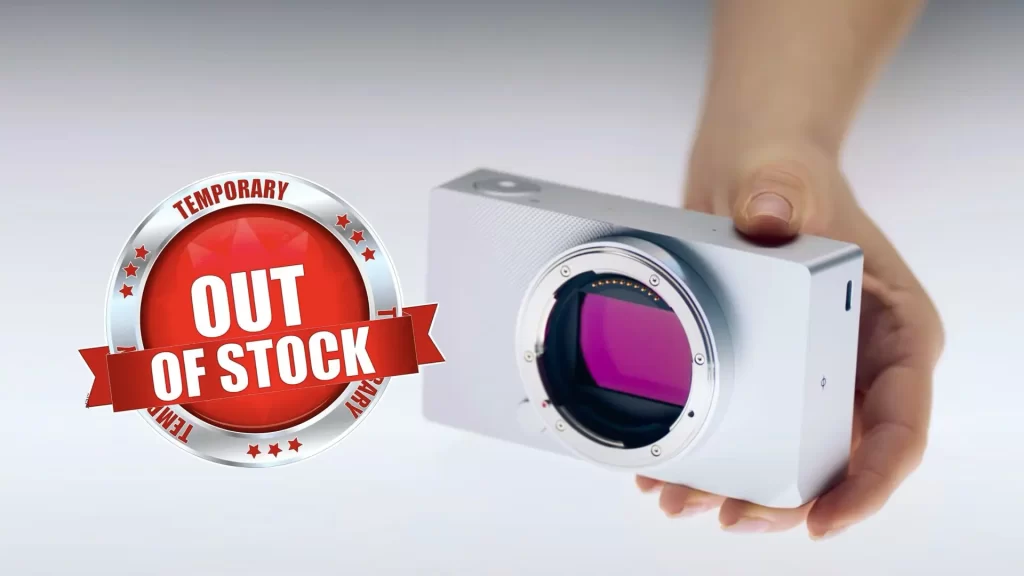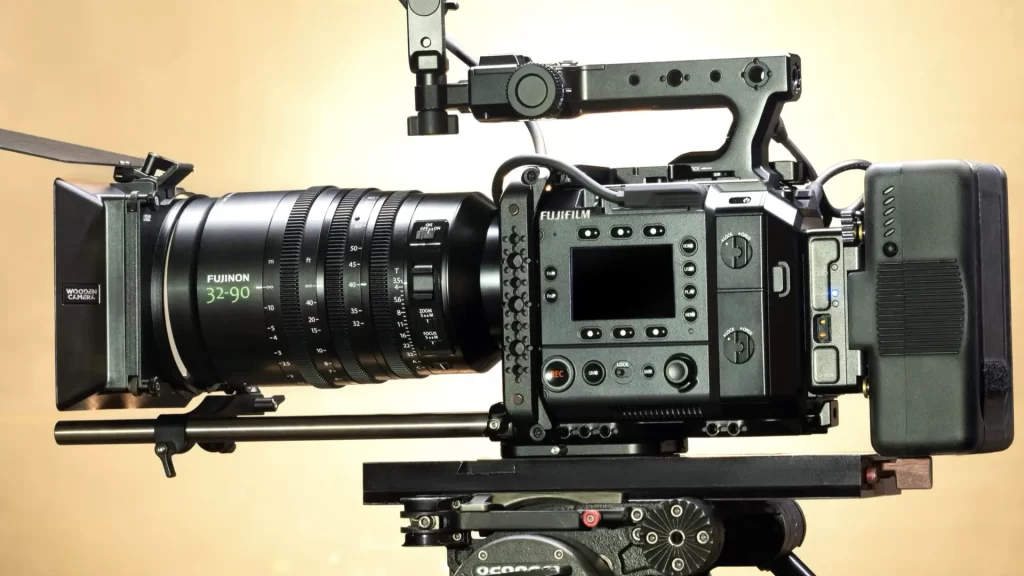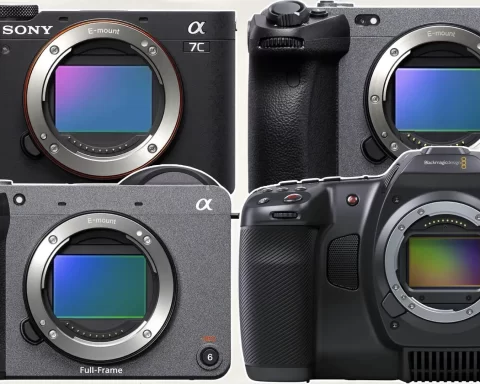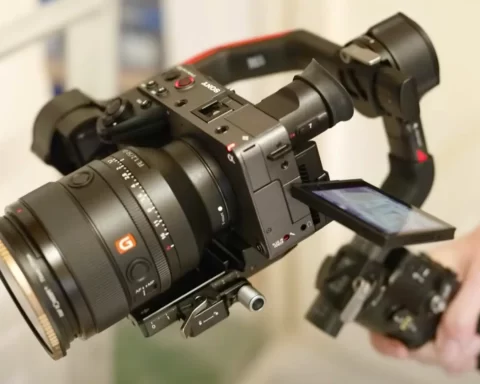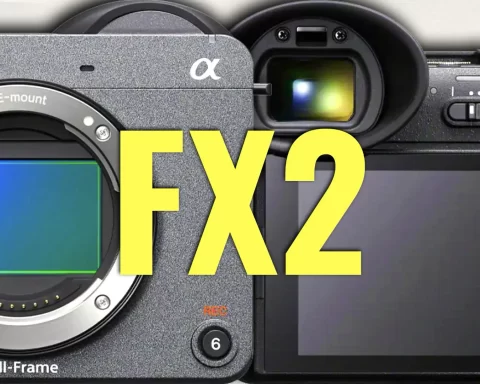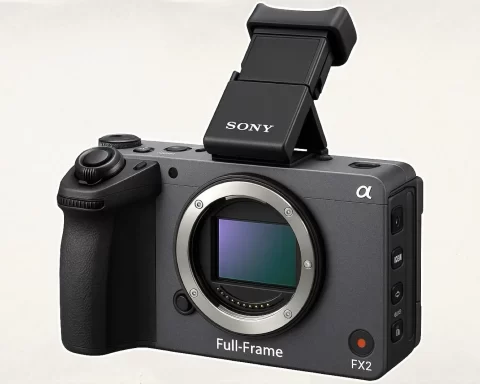A few days ago, we went to see Mission: Impossible in the IMAX (of course—it’s a no-brainer when it comes to action spectacle), and just before the feature presentation, the trailer for Superman (2025) graced the enormous screen. While the trailer had all the high-flying energy and heartfelt emotion you’d expect from a James Gunn-directed take on the Man of Steel, there was something subtler that truly stood out to us—something that only film lovers might pause to notice: the grain. Yes, film grain. That textured, tactile, almost imperceptible quality we associate with celluloid. It was there, and it was deliberate. On the IMAX screen, the effect was unmistakable. From the sun-drenched Kansas landscapes to the nighttime city shots, the presence of grain gave the trailer an analog soul. It didn’t just look beautiful—it looked cinematic in the most nostalgic and crafted way. For a film shot 100% digitally, as confirmed in Superman Shot on RED Digital Cinema by Henry Braham, this kind of texture doesn’t appear by accident.
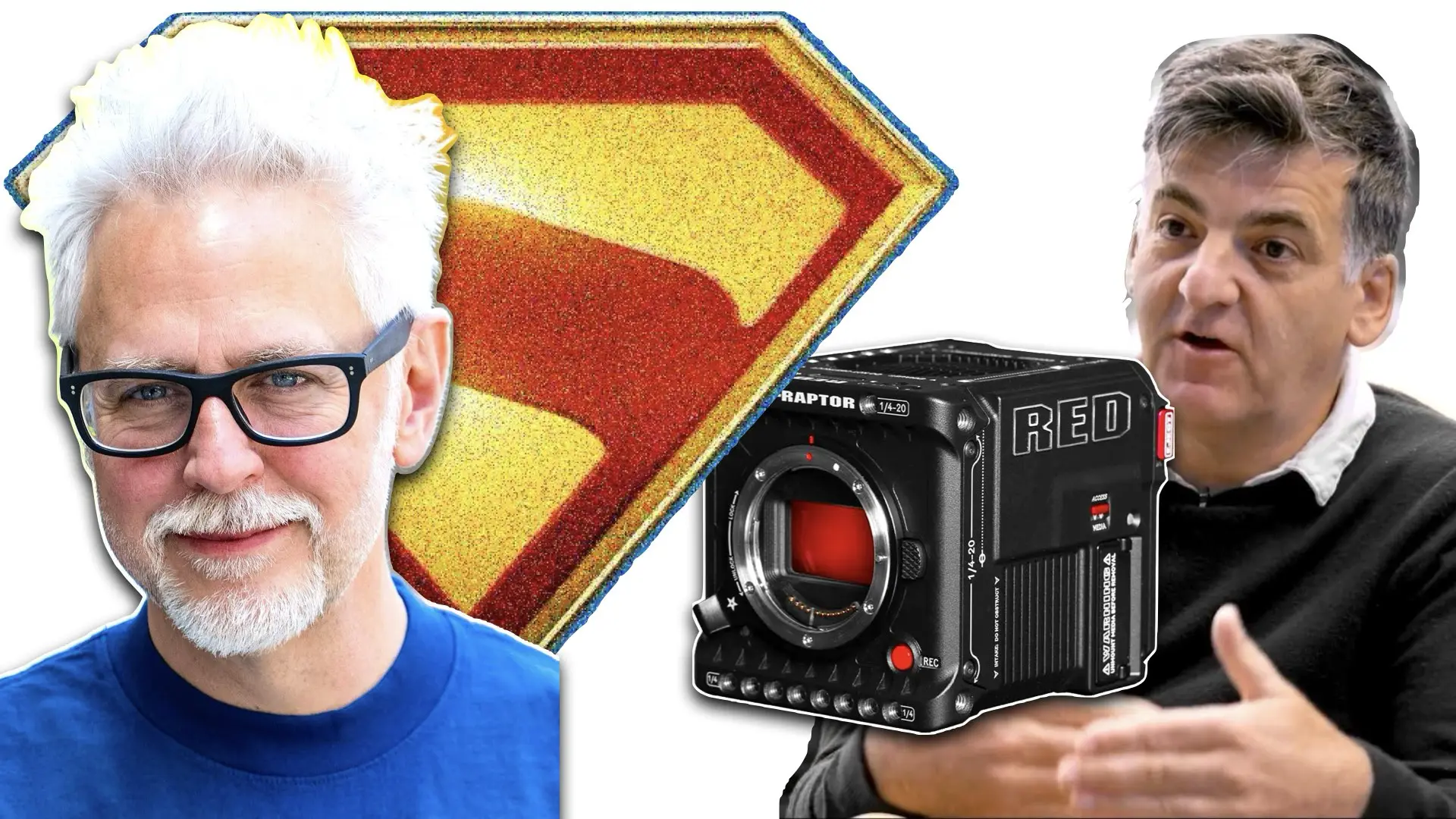
Film Grain in the Digital Age: An Artistic Choice
Adding grain to digital footage isn’t new. It’s a well-documented method to evoke the feeling of shooting on film. The use of artificial grain helps soften overly clean digital images, reduce the sterile edge that can come from high-resolution sensors, and most importantly, connect modern work with the visual legacy of classic cinema. Given James Gunn’s proven appreciation for genre filmmaking and his playful-yet-respectful touch with cinematic language, it’s not surprising that he might want Superman to feel rooted in that tradition. It’s likely no coincidence that his collaborator, cinematographer Henry Braham BSC, has also leaned into this aesthetic. Braham, who wielded the RED V-Raptor XL paired with Leica glass, has crafted visuals that—though captured digitally—seem to aspire toward the warmth and texture of celluloid, as seen in The BTS of Superman (2025): A Super Look at Henry Braham’s Cinematic Weapon of Choice. It’s a choice that doesn’t just serve nostalgia—it serves character. A Superman story thrives when it feels earnest, grounded, and even mythic. The presence of film grain helps contribute to that emotional palette.
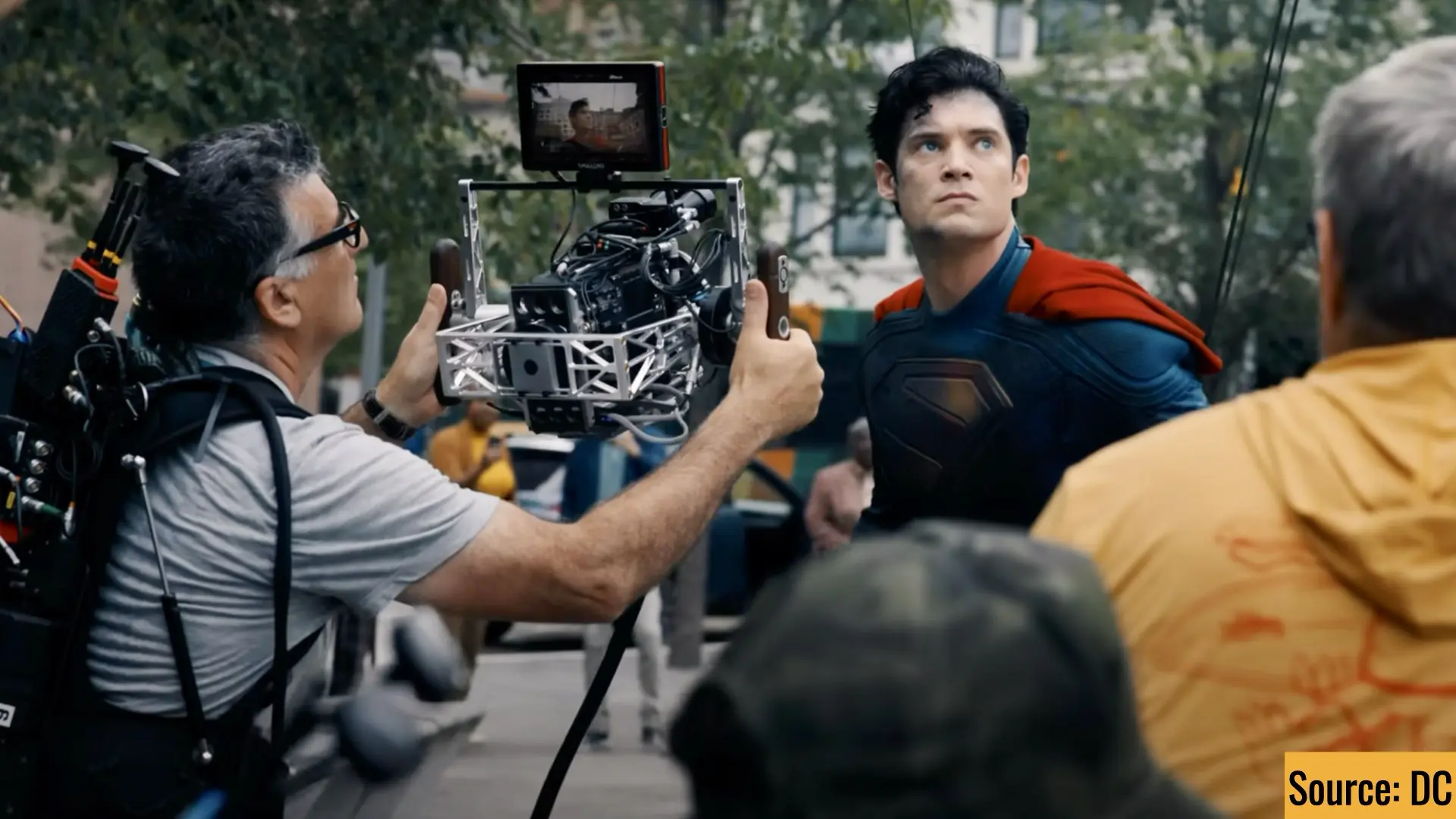
A Lens into the Past—With a Modern Touch
If you trace the DNA of this look, it extends into the choice of optics as well. The Lens Behind the Look of Superman (2025): Leica Tri-Elmar goes deep into the lenses used on the project—specifically, a rare Leica Tri-Elmar lens originally designed for still photography. This choice contributes not just to the tone and clarity of the image, but also its feeling. It has a certain softness in its edges, and a “filmic” falloff that supports the added grain effect. This is about grounding a modern superhero film in a visual tradition that respects cinema’s past. It’s also a subtle signal: this is not the Zack Snyder version. As noted in Superman Trailer Released: The Gunn Look vs The Snyder Look, Gunn’s visual and tonal departure is significant. Where Snyder leaned into hyper-stylized, slow-motion spectacle, Gunn and Braham appear to lean toward emotional texture—both narratively and visually.
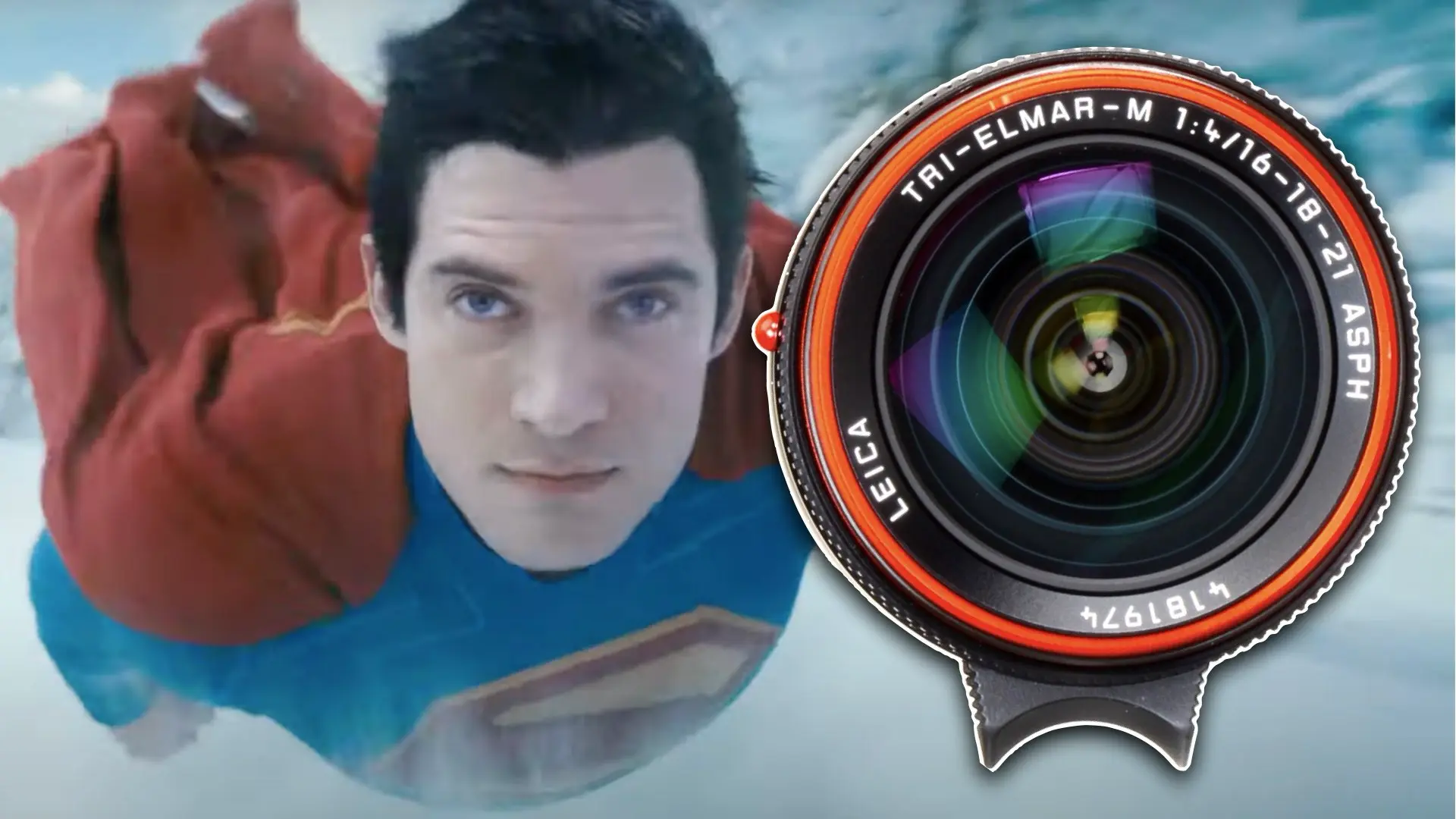
Superman in IMAX: A Bigger Canvas for Fine Details
Experiencing the trailer in IMAX really emphasized how well the grain plays across such a large canvas. IMAX doesn’t forgive flaws. If artificial grain is poorly implemented—too heavy, too artificial, or static—it becomes immediately apparent. But here, it was beautifully integrated. Grain breathed across the sky, across costumes, and even across Superman’s face during the iconic flying shots—touches likely refined during post-production. That face, by the way, has already been the topic of discussion, as explored in Superman (2025): How They Shot the Flying Scenes and What’s Sparking Debate About Superman’s Face. Grain, in this context, acts like visual glue. It brings the digital VFX, the live-action performance, and the atmospheric lighting into a shared visual world.
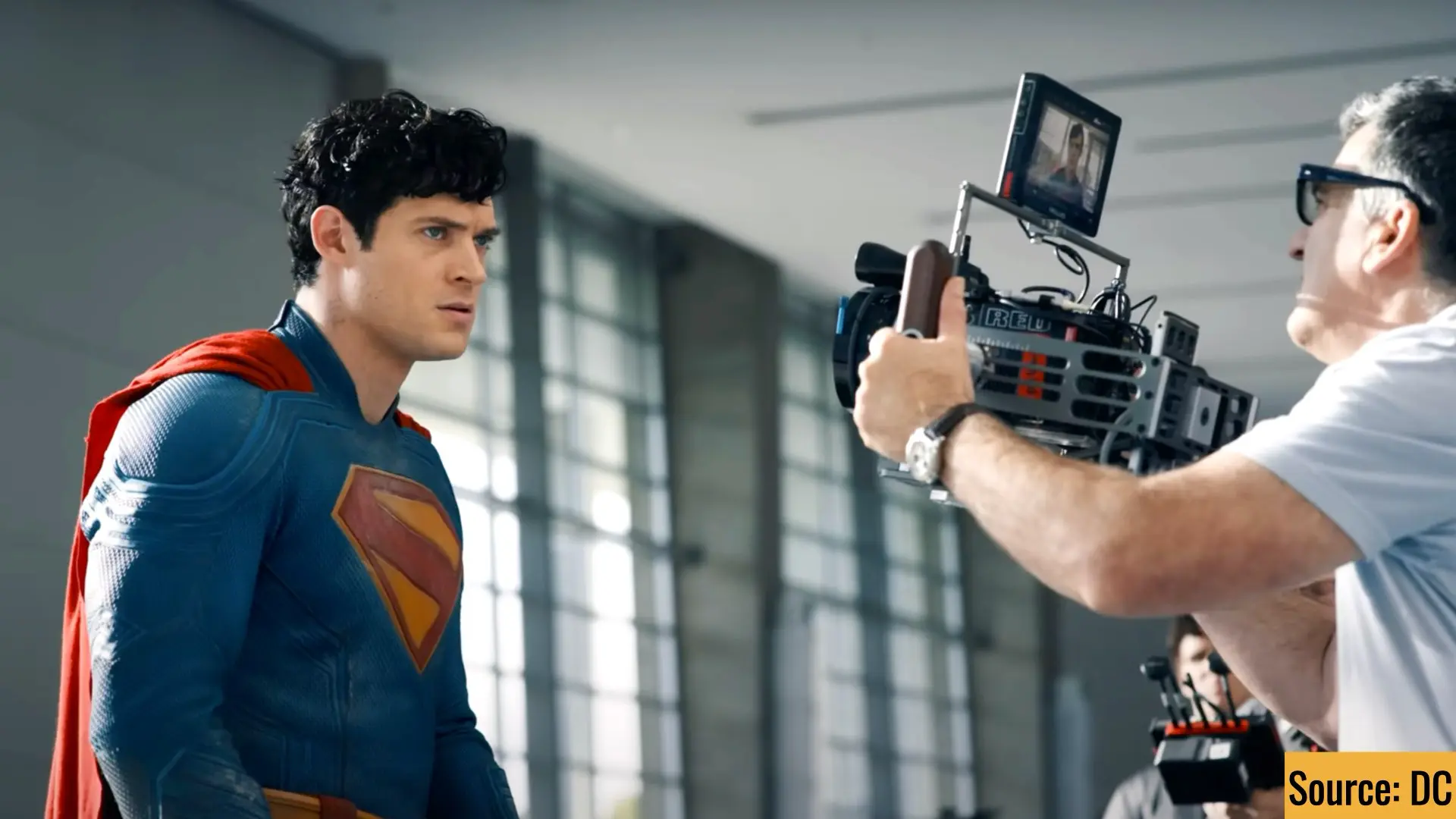
Krypto and a Love for Celluloid
Even the scenes that featured Krypto—the canine scene-stealer teased in IMAX Sneak Peek of Superman (2025) Highlights Krypto, and We’re All Barking with Joy—were coated in this grainy texture. It’s a minor detail, but it makes a major difference, especially on the huge canvas (an IMAX screen).
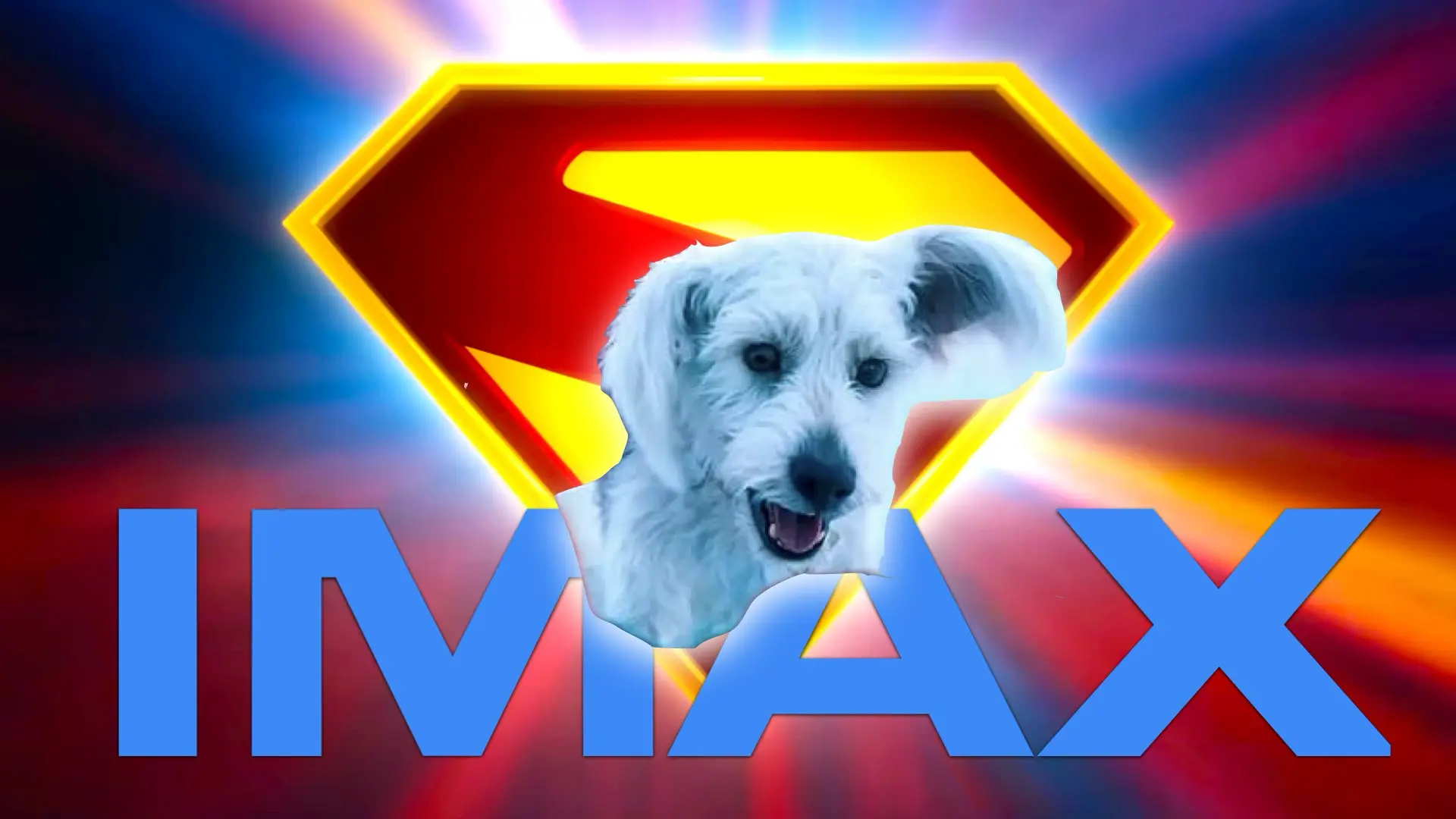
Final Thoughts: Grain as an Expression of Love for Cinema
We left the theater energized not just by Mission: Impossible, but by the trailer that preceded it. That subtle film grain in Superman add-on—it felt like a cool and nostalgic statement. It told us that James Gunn and Henry Braham are filmmakers who value the language of old cinema. They didn’t need to shoot on film to express their love for it. They translated that aesthetic into their digital workflow with care, style, and purpose. It’s easy to overlook film grain in a world obsessed with clean, high-res imagery. But sometimes, grain is more than noise—it’s texture, it’s memory, it’s mood. And on the biggest screen in the world, it felt just right. Then again… what if this grain was just due to the actual noise of the canvas? 😄


![RED DIGITAL CINEMA V-RAPTOR [X] 8K VV Camera](https://ymcinema.com/wp-content/uploads/2024/01/RED-Announces-V-Raptor-X-and-XL-X-Worlds-First-Large-Format-Global-Shutter-Cinema-Cameras.006.jpeg)
